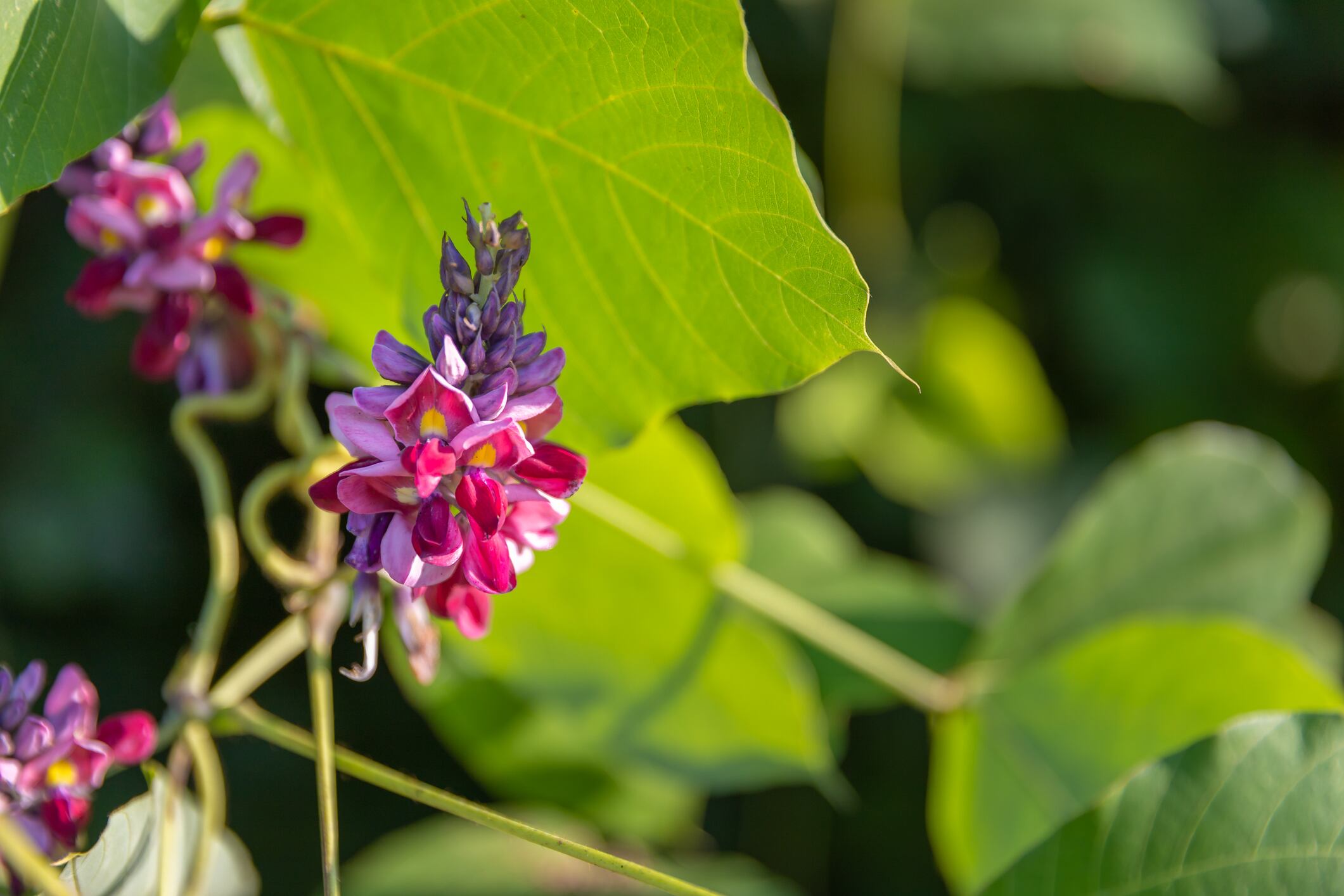At some time through the menopausal transition from peri- to post-menopausal state, more than 80% of women will experience the vasomotor symptoms (VMS) commonly called hot flashes (HFs) and night sweats due to changes in estrogen levels. Meanwhile, because estrogen plays a vital role in preventing bone loss and promoting bone formation, deficiency can also contribute to diminished bone mineral density (BMD).
Due to risks around cancer and venous thromboembolism, some women avoid hormone therapy and instead use various plant food products with phytoestrogens thought to confer health benefits. For example, the flower of kudzu, also called the Pueraria flower, contains tectorigenin, tectoridin, and tectorigenin 7-Oxylosylglucoside that have been found to lower binding affinities to estrogen receptors (ERs) than those of soy isoflavones.
Meanwhile, dried mandarin peel is rich in flavonoids, such as hesperidin, naringin, and narirutin and research has identified the modulatory effects of mandarin peel on bone metabolism. Prior animal research suggests Kudzu flower and mandarin peel (KM) may help regular hot flushes and loss of bone mineral density but this has not previously been confirmed in human studies.
This randomised controlled study therefore aimed to assess the efficacy and safety of an extract mixture of kudzu flower and mandarin peel (KM) on hot flashes (HFs) and markers of bone turnover in women during the menopausal transition.
Healthy women aged 45–60 years experiencing menopausal HFs were randomly assigned in a 1:1 ratio to either KM (1150 mg/day) or placebo arms for 12 weeks (n = 84). Subjects were instructed to maintain their usual diet and lifestyle but refrain from consuming kudzu, mandarin peel, citrus fruits, calcium, and isoflavonerich foods and beverages.
Dietary intakes and responses to the International Physical Activity Questionnaire (IPAQ) were recorded at baseline and weeks 6 and 12. Quality of sleep, food intake, and blood samples were measured at baseline and week 12 and participants completed a daily diary. The frequency and severity of menopausal symptoms were measured using a Menopause-Specific Quality of Life Questionnaire (MenQOL) at baseline and end of the study.
Data analysis found that, compared with the placebo, the KM significantly attenuated HF scores (p = 0.041) and HF severities (p < 0.001), with a mean difference from baseline to week 12.
The KM also improved bone turnover markers, showing a significant reduction in bone resorption CTx (p = 0.027) and a tendency of increasing bone formation OC relative to the placebo. What's more, no serious adverse events and hormonal changes were observed in both groups.
The authors conclude that these findings suggest that KM consumption may improve the quality of life in ways that are important to symptomatic menopausal women.
The report concludes: "Given the positive effects of KM on HFs and bone turnover and the favorable side effect profile, supplementation with a KM dose of 1150 mg/day seems to be an acceptable option for reducing HF symptoms, as well as improving bone turnover, compared with the placebo group, during the menopausal transition."
Limitations of this study include that the researchers did not measure levels of serum serotonin and epinephrine, which are thought to play an important role in thermoregulatory function. They also did not measure the levels of RANKL gene expression responsible for the bone turnover function. As a result, direct mechanisms of action of KM in relieving HFs and bone turnover were not fully understood.
The authors recommend future studies are needed to investigate the underlying mechanisms behind the effects and synergistic interactions between tectorigenin derivatives and hesperidin on HFs and bone turnover.
Source: Nutrients
Kwon. O., et al
"Efficacy and Safety of Kudzu Flower–Mandarin Peel on Hot Flashes and Bone Markers in Women during the Menopausal Transition: A Randomized Controlled Trial"
https://doi.org/10.3390/nu12113237


